The future is now
-

Unlocking Financial Stability: The Unforeseen Power of Inclusion and Diversity” 1. Introduction: Defining Inclusion and Diversity in the Context of Financial Stability 2. The Pillars of Stability: How Inclusion and Diversity Contribute to Economic Resilience 3. Case Studies: Tangible Evidence of Inclusion as a Mechanism for Financial Stability 4. Diversity as a Catalyst: Exploring Its Role in Nurturing Financial Robustness 5. The Inclusion-Diversity Matrix: A Strategic Approach to Sustained Economic Equilibrium 6. Conclusion: Envisioning a Financially Stable Future through the Lens of Inclusion and Diversity.
In an increasingly interconnected global economy, the concept of inclusion has emerged as a pivotal mechanism to ensure financial stability. It is no longer a mere buzzword tossed around in boardrooms and financial summits, but a key strategy that has the potential to reshape our financial landscape drastically. The potency of inclusion lies in its…
-

Revolutionizing the Sky: The Transformation of Aerospace and Defense Systems through Digital Twins and AI
Digital twin technology, powered by AI, is driving major transformation in the aerospace and defense industries. This technology creates a virtual replica of physical systems, like aircraft or defense mechanisms, enhancing design, testing, and maintenance processes. It allows for real-time performance prediction and issue identification, making processes more efficient and cost-effective. Digital twins also enable…
-

Mastering Basel III: Navigating Compliance Challenges and Implementing Practical Solutions
Basel III, a global banking regulation, significantly impacts financial institutions with increased capital requirements and new liquidity ratios (LCR and NSFR). This means banks must hold more high-quality liquid assets and invest in advanced risk management tools. Though challenging, strategies like capital efficiency improvements and robust liquidity risk management can help banks successfully navigate Basel…
-
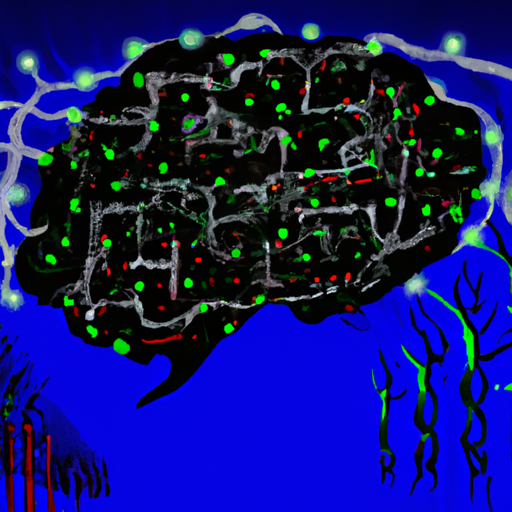
Unlocking Enhanced Intelligence: The Essential Role of Chain-of-Thought in AI and ML” Section 1: “Harnessing the Power of Chain-of-Thought (COT) in AI and ML” In this section, we delve into the core of artificial intelligence (AI) and machine learning (ML). We explore how Chain-of-Thought (COT), a critical cognitive process, can amplify their capabilities. With clear examples and practical insights, we illustrate how COT can be used to enhance the intelligence and effectiveness of AI and ML systems. Section 2: “Innovation in Intelligence: Fine-Tuning Digital Twins with COT” From here, we shift our focus to the exciting world of digital twins. We discuss how COT can be utilized to fine-tune these virtual replicas, maximizing their potential and increasing the value they deliver. We will dissect how digital twins, combined with COT, can drive innovation and transformation in various industries. Section 3: “The Logic Behind the Intelligence: Unpacking the Role of COT in Prompts” In the final section, we pull back the curtain on the logic operating behind the scenes in AI and ML systems. We illuminate how COT operates within prompts, enabling these systems to generate logical and coherent responses. Through this exploration, we demonstrate the power of COT in contributing to the development of truly intelligent systems.
In the ever-evolving landscape of artificial intelligence (AI) and machine learning (ML), a pivotal cornerstone has begun to take center stage – the Chain-of-Thought (COT). This dynamic process is the powerhouse behind intelligence, driving the intricate mechanisms of logical reasoning and decision-making in AI systems. This article will delve into the fascinating world of COT,…
-
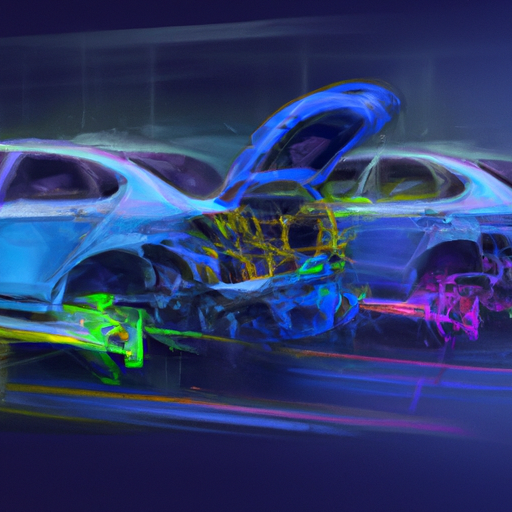
Accelerating Automotive Transformation: The Critical Role of Digital Twins in Vehicle Design, AI-Driven Testing, and Autonomous Development
The automotive industry is in a state of transformation, largely due to the innovative digital twin technology. These virtual replicas streamline the design and testing process of new vehicles, allowing for immediate feedback and predictive maintenance. Enhanced with AI, digital twins can predict potential design issues and learn autonomously from real-time data. They play a…
-
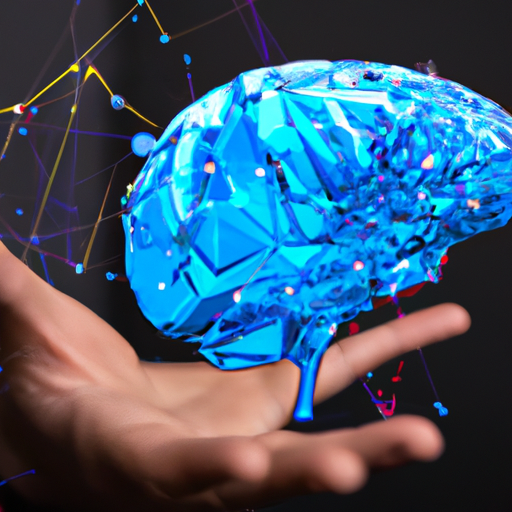
Unlocking the Potential of Science: The Articulation of Chain-of-Thought through AI and ML
Unraveling the mysteries of the world, science has long been regarded as the logical chain of events meticulously described through rigorous study and scrutiny. Yet, it's the intrinsically human factor, the chain of thought (COT), that often spearheads these scientific breakthroughs. Today, as we stand on the precipice of a digital revolution, we're beginning to…
-
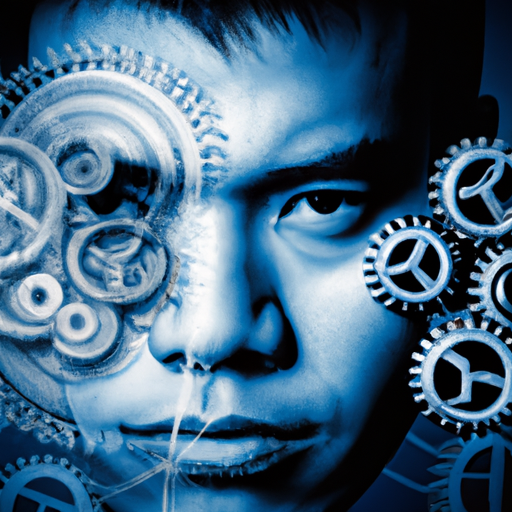
Mastering the Digital-Twin Transformation: Addressing Data Collection Hurdles, Privacy Concerns, and Computational Demands in the Age of AI
The digital-twin transformation, blending the physical and digital worlds, comes with unique control and prediction capabilities, but also demands extensive, varied, and high-quality data. AI, specifically machine learning, can aid in managing this data, yet requires technical know-how. Despite challenges, the potential of digital-twin transformation is vast with the right tools and strategies. The large…
-
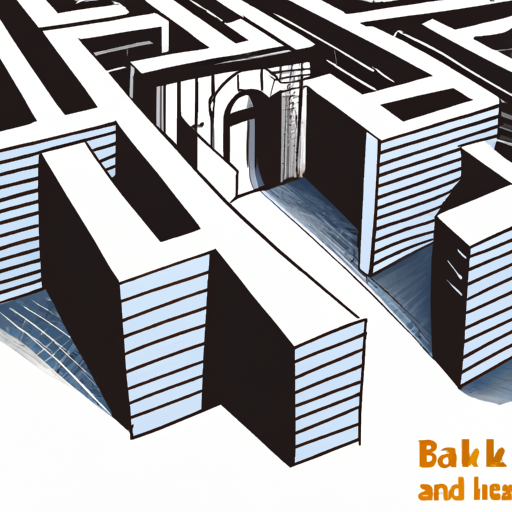
Basel III and the Landscape of Short-term Liquidity: A 25-year Review on Its Impact on Banks’ Daily Operations
Basel III, a regulatory framework initiated post the 2008 financial crisis, has significantly impacted global banking operations, particularly in managing short-term liquidity. By introducing stringent measures like the Liquidity Coverage Ratio (LCR) and the Net Stable Funding Ratio (NSFR), Basel III promotes a systematic approach to liquidity risk assessment, compelling banks to maintain high-quality liquid…
The future is now